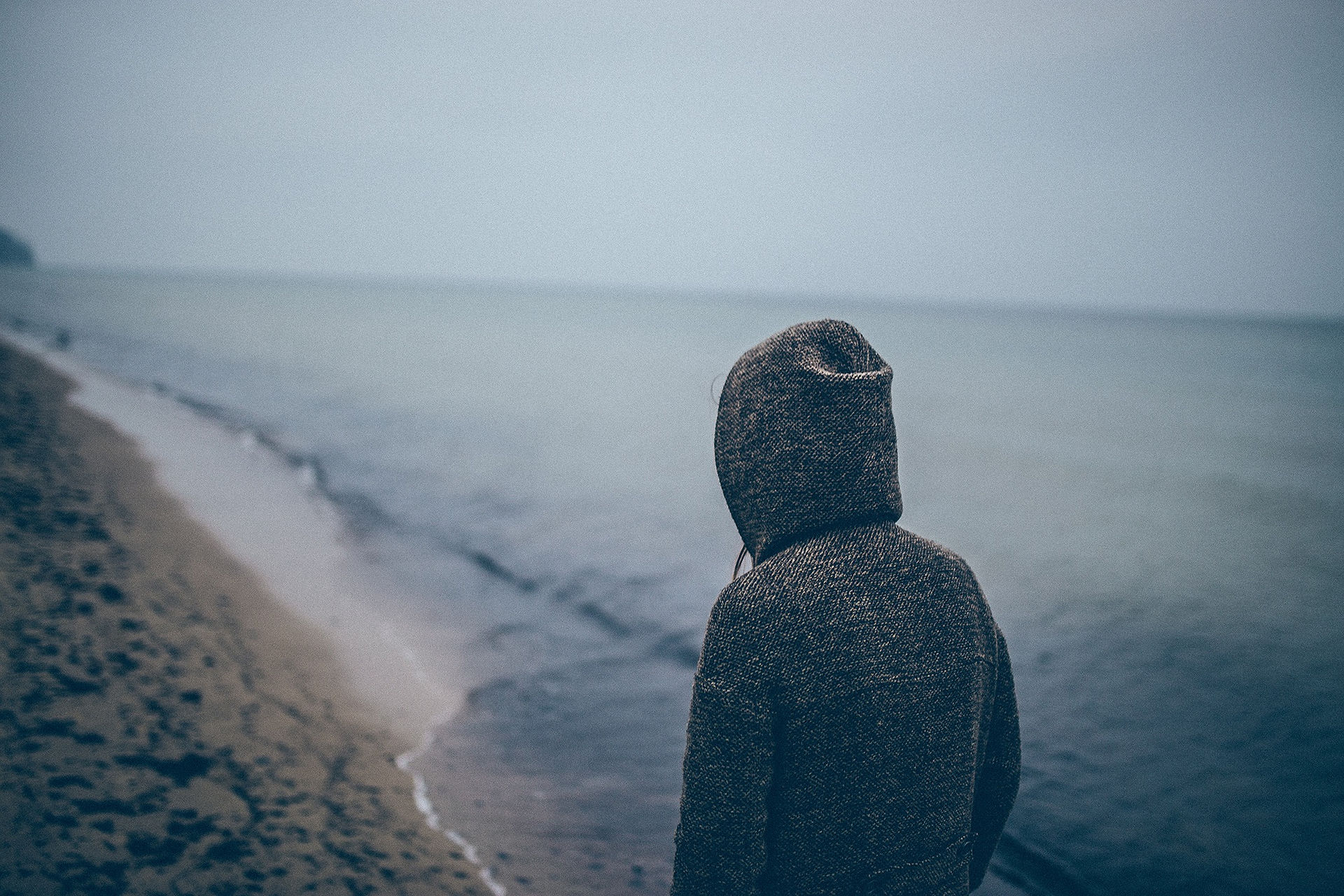
Mise en Scene
Mise en Scene is a french term meaning: what is put into a scene or frame; made up of visual information in front of the camera; communicates essential information to the audience about setting (time & place) and characters.
The fifteen points of mise-en-scene
1) DOMINANT
The dominant covers why our eye is attracted to a certain place/point on screen first. The dominant contrast is normally created by a handful of techniques, ranging from, the largest object on the screen, which usually draws our attention, or in colour films, it will be the one colour that stands out from the rest of the colour within the frame, or a black and white film with a certain object that has a sharper light shone onto it showing the juxtoposition of lights and darks or even what is probably most commonly seen, having one object in sharper focus than anything else in the frame
2) Lighting Key
The lighting key covers 3 different aspects; High key lighting; Low key lighting; High contrast. High key lighting feautrures bright lighting, sometimes even illumination, and very few conspicuous shadows. This is the lighting normally seen within comedies or musicals, to match the more so than not light heated themes presented. Low key lighting feautures atmospheric pools of light and diffused shadows, in order to create mystery and ambiguity. Hence they are most often used within mystery and thriller films. High contrast lighting feautures harsh shafts of light and dramatic streaks of darkness. This lighting will normally be found within dark, moody and/or depressing film genres such as melodramas or tragedies.
3) Shot and Camera proxemics
This covers the type of shot and how far away the camera is placed from the action, (what is going on on screen). Shots being defined by the amoint of subject matter placed within them (the frame) it is simple to break them down into six basics shots. ELS (extrme long shot), LS (Long shot), FS (Full shot), MS (Medium shot), CU (Close up), ECU (Extreme close up).
4)Camera angles
The camera angle depict where we are and what we are looking at, whether it is up or down at the subject, or to the left or the right of them. Camera angles can also be broken down, these are the 5 basic camera angles
Birds-eye-view:

High angle:

Eye-level shot:

Low angle:

Oblique Angle:

5) Colour Values
There are three different questions that must be asked when it comes to Colour Values. Is there colour symboloism? What is the dominant colour within the frame? Are there contrasting foils?
6) Lens/Filter/Stock
These all are capable of distorting, manipulating or adjusting the material of a shot, but how are they used?
Telephoto lens:

Wide-angle lens:

Fast film stock:

Slow film stock:

7) Density
The denstiy of an image looks at how much 'visual information' is packed into this one frame. It looks at the texture of the image, is it stark, moderate, or highly detailed?
8) Compostion
The composition of a shot looks at its design and how is elements are organised. The objects within a frame can be used to suggest underlying designs or shapes. These include; Horizontal; Vertical; Birnary; Circle; Triangle; Diagonal.
9) Form
9) Form
How I found form to be described: Is the form open or closed? Does the image suggest a window that arbitrarily isolates a fragment of the scene? Or a proscenium arch, in which the visual elements are carefully arranged and held in balance?
10) Framing
The framing of a shot usually takes 2 things into account. Is the framing of the shot tight or loose.
Tight framing:

Loose framing:

11) Depth of Field
Deth of Field looks at, within an image, how many planes are in focus. Whether the background is more in focus than the foreground etc.
12) Character Placement
The character placement is pretty self-explanatory, it focuses on where in the image or frame a character is place. Whether they were to be placed at the centre, the top or bottom etc, and why this has been done. To show a specific element of a character, or to show emotions etc.